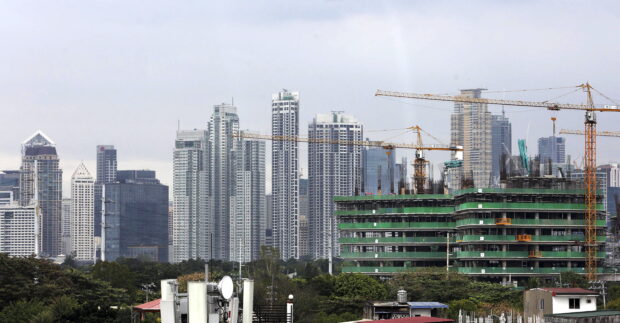PH GDP growth in ʼ24 to accelerate to 6.2%
A combination of easing inflation and a tight labor market would power up consumer spending this year, boding well for the Philippines’ consumption-reliant economy, BMI, a unit of the Fitch Group, said.
Using 2010 as the base year, BMI said in a commentary that consumer spending is projected to grow 6.3 percent year-on-year in 2024 to P12.8 trillion in real terms.
That forecast is in line with BMI’s expected gross domestic product (GDP) growth of 6.2 percent this year, faster than the 5.6-percent expansion in 2023 but below the government’s growth target of 6.5 to 7.5 percent for 2024.
“Spending will remain impacted by the environment of elevated inflationary pressures over 2023 as well as high debt levels and its servicing costs,” the research firm said.
Purchasing power
“However, easing inflation and a tight labor market will support spending, as real wage growth returns to positive territory, supporting purchasing power over the year,” it added.
Despite inflation easing back to within the government’s 2 to 4 percent target in December last year after hovering above that range for 20 months, the Bangko Sentral ng Pilipinas (BSP) said it deemed it necessary to “keep monetary policy settings sufficiently tight until a sustained downtrend in inflation becomes evident.”
According to BMI, the high-interest rate environment is one of the major risks to consumption this year, especially for households that took advantage of low borrowing costs at the height of the pandemic.
“Many households took on significant levels of debt in the previous low-interest rate environment,” BMI explained.
Debt servicing
“While there are few indications that this is bad debt, the risk to consumer spending is that the cost of servicing this debt at higher interest rates becomes a larger-than-anticipated draw on disposable incomes, to a point where consumers will have to cut back spending, especially in more nonessential segments,” it added.
Over-reliance on remittances, a major lifeline for many Filipino families, also threatens BMI’s outlook.
“The possible weakening of the peso will reduce the amounts sent back by overseas workers in local currency. This could put pressure on households with fixed expenditures,” BMI said. INQ

